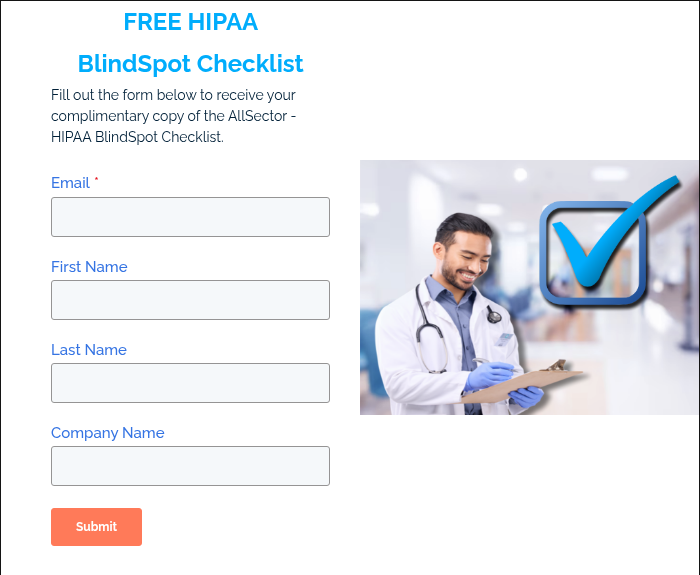Most Overlooked Non-Profit HIPAA Compliance Requirements
Introduction: The Compliance Illusion
If you’re a nonprofit leader, chances are you believe your organization is “pretty compliant.” Policies are written, staff get occasional training, and your IT team assures you that security is covered. But here’s the uncomfortable truth: most nonprofits that think they’re compliant are not.
HIPAA compliance isn’t about what’s on paper. It’s about what happens every single day across your systems, staff, and data. And that’s where three critical blind spots show up—quietly, persistently, and dangerously.
Blind Spot #1: Data Encryption
Imagine sending an email with sensitive client health information. You hit “send,” confident it’s going only to the intended recipient. But unless encryption is enforced, that data can be intercepted, read, and copied before it reaches its destination.
Encryption gaps don’t just exist in email. They often appear in:
- Backups (stored unencrypted in the cloud or on-site)
- Staff laptops and mobile devices
- File transfers between offices or partners
Why it matters: Without encryption, your nonprofit is vulnerable not only to HIPAA fines but also to donor trust erosion. Imagine explaining to a funder that client health data was exposed because a single laptop wasn’t encrypted.
Blind Spot #2: Documentation & Audit Trails
HIPAA isn’t just about protecting data—it’s about proving that you do. Many nonprofits underestimate the power of documentation. Policies and audit logs aren’t optional extras. They are the first things auditors and funders will ask for.
Ask yourself:
- Do we keep activity logs for every system that touches PHI (Protected Health Information)?
- Can we demonstrate staff HIPAA training and refreshers?
- Are incidents, even “minor” ones, documented and reviewed?
Why it matters: Without clear documentation, even a secure nonprofit can fail an audit. In the eyes of regulators and funders, if it’s not documented, it didn’t happen.
Blind Spot #3: User Access Controls
How many “ghost accounts” are still active in your systems? Former staff, interns, or volunteers with lingering access are a ticking time bomb. Access control failures also include:
- Shared logins among staff
- Weak or reused passwords
- Lack of Multi-Factor Authentication (MFA)
Why it matters: Breaches often happen not through “hacking” but through old, forgotten accounts. Attackers know it, and they target nonprofits because they assume weak offboarding.
The Subconscious Frame: From Fear to Relief
At this point, your mind may be racing—“Do we have encryption? Do we have logs? Did we disable that intern’s account?” That’s exactly the anchor point: tension, fear, uncertainty.
Now imagine the relief of knowing these blind spots are closed. Imagine an auditor walking in and you already have the logs, training records, and security safeguards ready to present. Imagine telling your board, “We passed our compliance audit with zero findings.”
That’s the transformation AllSector delivers.
Why Nonprofits Miss These Gaps
- Resource Constraints: Small IT teams juggle too much.
- Assumptions: Leaders assume “IT is handling it.”
- Complexity: Regulations feel overwhelming, so corners get cut.
But here’s the reframe: compliance doesn’t have to be overwhelming or expensive. With the right MSP partner, blind spots become opportunities to strengthen trust and unlock funding.
Future Pacing: A Safer Tomorrow
Picture this: It’s next quarter. Your nonprofit applies for a new grant. Funders ask for your HIPAA compliance documentation. This time, you confidently hand them a packet of logs, policies, and certifications. Not only do you pass—you impress.
Your board congratulates you. Donors see the headlines of breaches elsewhere and feel reassured they chose to support your organization. Staff feel secure knowing their work environment is safe. That’s the future you step into when compliance isn’t just a checkbox, but a culture.

![AllSector Logo [White Text] AllSector Logo [White Text]](https://blog.allsector.com/hs-fs/hubfs/AST%202025%20-%20White%20Shadow-2.png?width=450&height=75&name=AST%202025%20-%20White%20Shadow-2.png)
